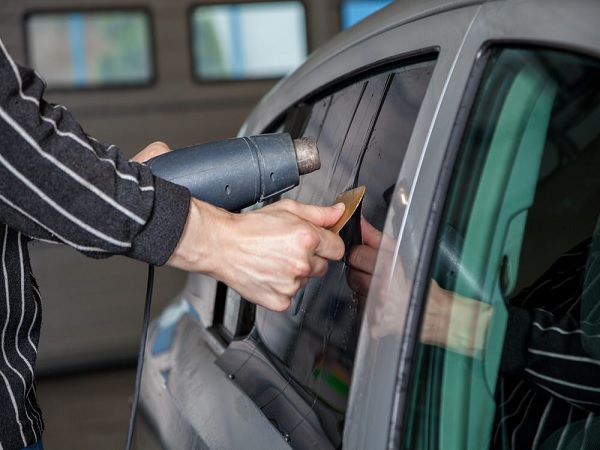Ever wonder what makes tint films for mobile window tinting adhere to the glass? Obviously it’s due to the adhesives. It’s interesting that each manufacturer has their own formula for making this important part of window films. The following are the types of adhesives for mobile window tinting:
Laminating adhesives
Laminating adhesives join two or more pieces together to develop a final film. This is done in the manufacturing process which bonds one film layer to another. For instance, it clings a clear polyester film to a dyed or metalized one to produce a better solar filter film.
Mounting adhesives
Mounting adhesives have two types, pressure sensitive (PS) and dry adhesive (DA). The predominant difference between these two is their reaction to glass.
Pressure-sensitive adhesives
Pressure-sensitive adhesives are sticky when the protective lining of the film is removed. This type of adhesive becomes stronger as it cures and dry. It bonds immediately to the glass as soon as there’s a slight pressure applied to bond it on the surface. It reacts similar to a regular adhesive tape. Using a squeegee is a great way to press this film against the glass.
The main benefit of pressure-sensitive adhesive is its quick adhesion. PS adhesives are ideal for mobile window tinting as they are suitable in small spaces. Thicker PS films are required for safety and security. They not just adhere to the surface quicker, but they also prevent pieces of glass to shatter when it breaks.
Dry adhesives
Unlike the pressure sensitive, water-activated adhesives or dry adhesives do not have a sticky feeling. After peeling off the protective layer, it still remains dry until it is moisturized. It will not be very sticky even after applying a mounting solution. A chemical bond is formed as it clings totally to the glass.
A complete bonding process is created as the adhesive seeks out the pores in the glass once moisturized by water. This is the biggest advantage due to its stronger bond to the glass once cured. Another advantage is its optical clarity, and it lasts longer. In addition, contamination is less in the installation process since it is not so sticky.
Depending on the type of glass you have, it is advisable to be aware of what kind of adhesive your window film has. Pressure-sensitive adhesive works best on curve glass as it won’t peel off while it’s not yet cured and avoids bubbles. Dry adhesives are ideal for flat glass since it will be easier to position them in a large surface area. Film adhesives play a big part in mobile window tinting, and they are definitely worth knowing.
